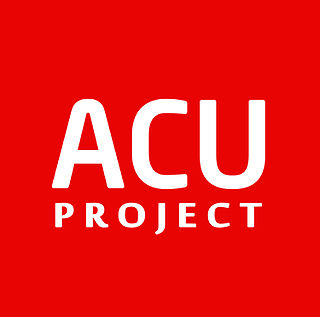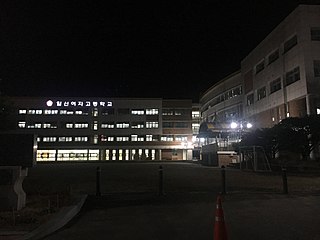 W
WEducation in South Korea is provided by both public schools and private schools. Both types of schools receive funding from the government, although the amount that the private schools receive is less than the amount of the state schools.
 W
WASEAN Cyber University (ACU) Project is an international project which was initiated by Ministry of Education of Republic of Korea (ROK). The main purpose of this Project is to contribute to reinforcing higher education in ASEAN region by the means of e-learning, and strengthening international relationships between ROK and ASEAN Member States. As of 2013, five Member States, four Member Institutes, and one Institution have joined the ACU membership.
 W
WEnglish Program in Korea (EPIK) is a program to improve the English speaking abilities of students and teachers in South Korea, to foster cultural exchanges, and to reform English teaching methodologies in South Korea. It is affiliated with the Korean Ministry of Education and is operated by the National Institute for International Education (NIIED). Established in 1995, EPIK encourages cross cultural exchange while promoting the development of English language competence for Korean students.
 W
WA gireogi appa is a South Korean term that refers to a man who works in Korea while his wife and children stay in an English-speaking country for the sake of the children's education. The term is inspired by the fact that geese are a species that migrate, just as the gireogi appa father must travel a great distance to see his family. Estimates of the number of gireogi appa in South Korea range as high as 200,000 men. The word 'gireogi appa' was included in the report '2002 New Word' by the National Academy of Korean Language.
 W
WGwa-jam is a jumper that is usually worn by members of the same major of South Korean universities. There are differences in phrases and colors depending on the major and university. In recent years, there has been a point that it is promoting "academic attention" because it sometimes carries a name of university student's high school. It is a fashion item for university students and plays a role in belonging. Most college students in Korea wear jumpers.
 W
WThe high school standardization policy was introduced in South Korea in order to reduce the gap between high schools in the region since 1974, and instead of selecting students from high schools in the region, the entire student population is divided into general schools in each district.
 W
WJinmyeong Girls' High School is a private girls high school located in Yangcheon-gu, Seoul, South Korea.
 W
WJinseon Girls' High School is a private girls high school located in Gangnam-gu, Seoul, South Korea.
 W
WMembership Training (MT) is an event held among university students in South Korea. These events last roughly two days and are considered a free-form training session, where students spend time socializing with peers in the same academic majors or clubs, often at a remote location.
 W
WThe Ministry of Education is a cabinet-level division of the government of South Korea. It was created on March 23, 2013. It should not be confused with seventeen regional Offices of Education which heads, Superintendents, are directly elected in local elections.
 W
WThe Ministry of Education, Science, and Technology was a cabinet-level division of the government of South Korea dealt Education and Science affairs of South Korea. It was created on February 29, 2008. This had been split into Ministry of Science, ICT and Future Planning and Ministry of Education.
 W
WNight self-learning is a self-administered program available to students from some middle schools and most high schools in mainland China, Taiwan, South Korea and Germany. This includes the zero hour class before the regular class and the night self-learning after the regular class. Since it is a self-learning program, it does not offer educational programs like supplementary classes or after-school programs.
 W
WS³ Asia MBA is a selective dual degree, tri-city, tri-university global MBA program. Students enrolled in this program study one semester each at three business schools - School of Management of Fudan University, Korea University Business School of Korea University and NUS Business School of National University of Singapore. The name of the program, S³, is derived from the first letter of the three cities where the business schools are located: Shanghai, Seoul and Singapore. It is claimed that presently, the program is the only one of its type in the world.
 W
WAlmost all South Korean secondary students wear a prescribed school uniform, gyobok. The majority of elementary schools except some private elementary schools do not have uniforms; however, the uniform is strictly enforced from the start of middle school and up. A typical South Korean uniform usually consists of a shirt, blazer and tie, with skirts for girls and trousers for boys. More recently, the uniform is often worn by celebrities who target the younger, teen audience to sell entertainment products. The school uniform and school setting is frequently used as a venue for romance. As a result, the uniform has become something akin to an expression of fashion among students.
 W
WUniversity culture in South Korea is different from that in other countries, consisting of events such as Student Orientation (OT) and Membership Training (MT), as well as festivals and student clubs.